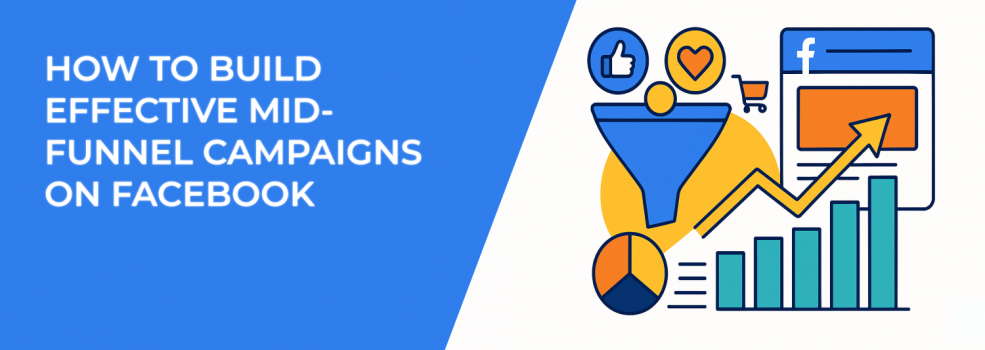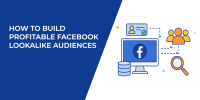When someone first discovers your brand on Facebook, they might be intrigued — but not ready to buy. Later, when they finally convert, they already know your name and what you stand for. The magic happens in between — in the mid-funnel.
This is where attention becomes consideration. Mid-funnel campaigns nurture users who’ve shown interest but haven’t yet taken the leap. Done right, this stage turns browsers into believers — and believers into buyers.
But most brands don’t use the mid-funnel to its full potential. They either jump straight from awareness to conversion or flood users with repetitive retargeting ads. Let’s fix that.
1. Define What “Mid-Funnel” Means for Your Business
Your mid-funnel isn’t a single audience — it’s a set of behaviors. A person who watched 75% of your video might be more ready to buy than someone who simply liked a post. Treat them differently.
To build these audiences, use Meta Pixel and Engagement Custom Audiences:
-
Retarget video viewers who watched more than 50%,
-
Retarget website visitors who landed on key pages like “Features” or “Pricing,”
-
Retarget Instagram engagers from the past 90 days,
-
Retarget add-to-cart users who didn’t purchase.
For guidance on structuring these segments, check Facebook Ads Funnel Strategy: From Audience Identification to Conversion.
Advanced tip: layer frequency filters when creating audiences. For example, retarget only people who visited your site at least twice in 14 days — these repeat visitors signal genuine intent, and targeting them keeps your ad budget focused on high-potential leads.
2. Build Value-Focused Creative, Not Just Product Ads
At this stage, users don’t need another product photo — they need clarity. Mid-funnel content should answer doubts, show results, and emphasize outcomes.
Try creating “proof-first” ads: instead of leading with your logo, start with a testimonial quote, case study stat, or customer screenshot. You can also use carousel ads to walk users through a “before-and-after” story.
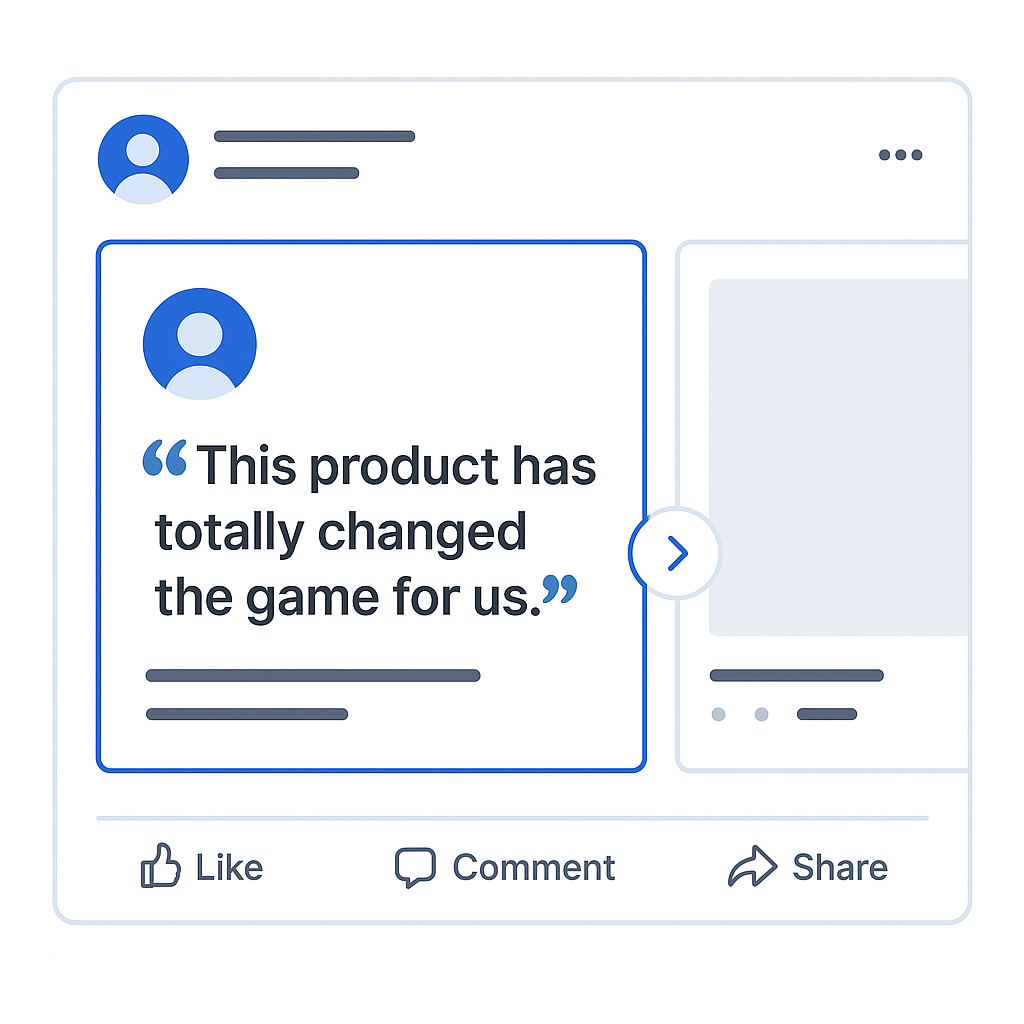
For example:
-
Slide 1: “Struggling with ad fatigue?”
-
Slide 2: “How one e-commerce store improved CTR by 68%.”
-
Slide 3: “See how we did it.”
If you’re short on creative resources, use AI tools to build visual variety without losing brand identity. See The Best AI Text and Image Generators in 2024 for practical tools that help speed up production.
Advanced tip: add scroll-stopper text overlays that highlight social proof metrics — “10,000+ happy users,” “Featured in X,” or “Trusted by top brands.” These subtle cues can boost credibility without relying on discounts.
3. Sequence Your Ads to Tell a Story
One of the most overlooked mid-funnel tactics is sequencing. Users rarely convert after one ad — they respond to progression.
Here’s how to structure that journey:
-
Stage 1: Introduce the brand (video view or engagement campaign).
-
Stage 2: Retarget with testimonials, feature highlights, or explainer videos.
-
Stage 3: Show urgency or offer-based ads (discounts, trials, or limited spots).
When done right, it feels like a conversation — not a sales pitch. For example, an app startup might run an educational clip first, then a customer quote, then a “Try it free” ad.
Learn how multi-step setups increase conversions in Why Multi-Step Facebook Campaigns Outperform Single-Step Campaigns.
Advanced tip: use Dynamic Creative in step two. Facebook will automatically test variations of your visuals and copy — helping you discover what tone or message best moves people toward the next step.
4. Test “Middle Offers” to Reduce Resistance
The biggest friction at the mid-funnel stage is commitment. That’s why smaller, “softer” conversion points work best here — they train users to say yes.
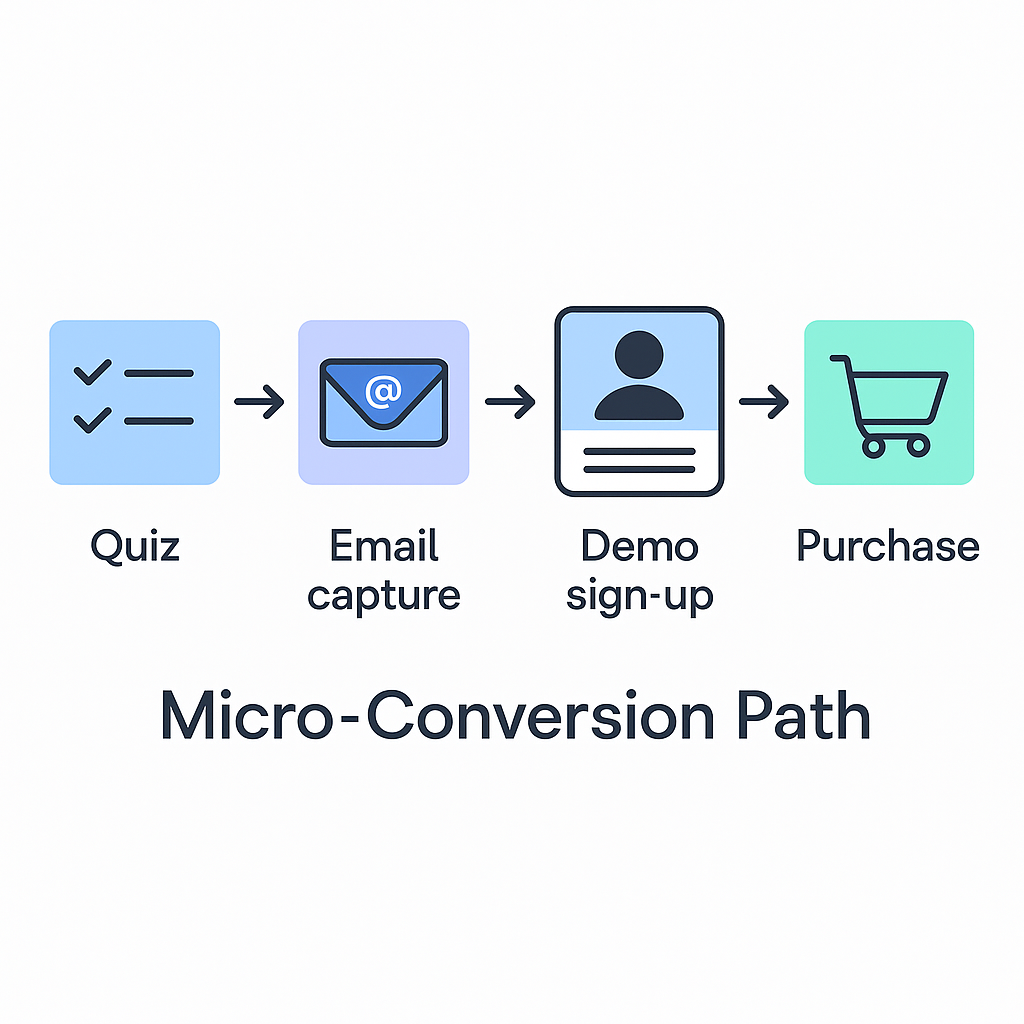
Think beyond basic lead magnets:
-
Create an interactive quiz that segments users by need,
-
Offer a mini challenge or 3-day trial,
-
Provide exclusive early access to a feature or event,
-
Use a messenger ad that starts a chat instead of sending users to a form.
These actions feel low-pressure yet valuable. They build connection and data at the same time.
To see how micro-conversions improve overall campaign performance, check Using Micro-Conversions to Optimize Facebook Campaign Performance.
Advanced tip: try using timing triggers. Retarget users differently based on when they last interacted — for example, one message for those active in the past week, another for those active 30+ days ago. The context makes the ad feel personalized.
5. Align Campaign Objectives With Funnel Goals
Your Facebook campaign objective determines what kind of users Meta delivers your ads to. For mid-funnel audiences, you’re not just chasing impressions — you’re refining engagement quality.
Choose objectives like:
-
Traffic — for nurturing curiosity through blog posts or guides,
-
Engagement — to reinforce trust with polls, stories, or videos,
-
Leads — if you’re collecting emails, webinar sign-ups, or free demo requests,
-
Conversions — if your Pixel has enough data to predict buying intent.
The wrong objective can confuse Facebook’s delivery system and waste your spend. If you need clarity, read Meta Ad Campaign Objectives Explained: How to Choose the Right One.
Advanced tip: run parallel mid-funnel campaigns with different objectives — one for engagement, one for traffic. Compare audience overlap and conversion paths in Ads Manager to identify which type of user moves faster toward purchase.
6. Manage Frequency, Refresh Creative, and Exclude Intelligently
Mid-funnel campaigns often reach the same people multiple times — which is both a strength and a risk. Too much exposure causes ad fatigue, while too little leaves users cold.
Keep your ad frequency below 3 per week, and refresh creatives every few weeks. You don’t need to rebuild from scratch — just rotate hooks, visuals, or CTAs.
Equally important: exclude recent converters and top-of-funnel engagers. They’ve either moved forward or aren’t ready yet. To keep your audiences clean, build exclusion lists and sync them with your CRM regularly.
See How Frequency Capping Helps Beat Facebook Ad Fatigue for practical examples of setting optimal exposure levels.
Advanced tip: When refreshing creative, don’t reset learning unnecessarily. Minor edits (like new copy or thumbnails) preserve optimization data. For major changes, duplicate the ad and start fresh — it’s faster and cleaner.
7. Track the Right Mid-Funnel Metrics
At this stage, success isn’t just about conversions. You’re measuring momentum — how effectively your campaigns move users toward buying intent.
Pay attention to:
-
Engagement depth: average watch time, comments, and saves,
-
Assisted conversions: users who interacted but converted later,
-
Lead-to-sale ratio: how many mid-funnel leads turn into paying customers,
-
Drop-off points: where warm users stop progressing.
For a broader measurement framework, explore How to Analyze Campaign Performance Beyond ROAS: The Full Funnel View.
Advanced tip: use UTM segmentation by funnel stage in Google Analytics. This helps you track if your mid-funnel ads are assisting conversions that happen later — even when Facebook’s attribution window doesn’t capture them.
8. Bonus: Uncommon Mid-Funnel Tactics That Work
Let’s go a layer deeper with some underused techniques.
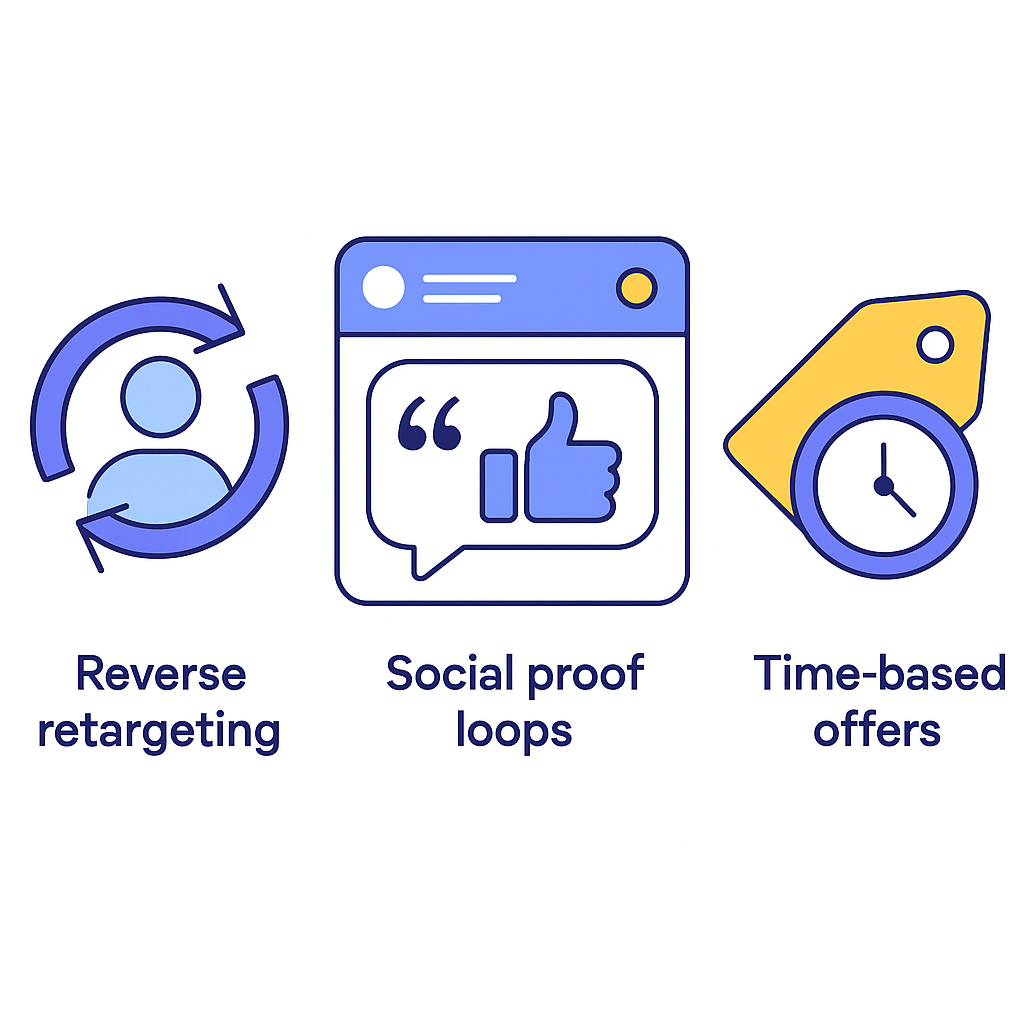
-
Run “reverse retargeting” ads. Show mid-funnel testimonials to cold lookalike audiences — this introduces credibility early and shortens the path to conversion.
-
Use content hubs. Send users to curated landing pages (e.g., “Top Resources” or “Customer Stories”) instead of single posts. This extends time on site and improves Pixel learning.
-
Incorporate social proof loops. Retarget users who commented on your organic posts but didn’t click your ads — they’ve already shown intent but may just need a little nudge.
-
Experiment with time-based incentives. Offer small, time-sensitive bonuses (“Sign up in the next 48 hours and get early access”) — gentle urgency works better mid-funnel than deep discounts.
-
Leverage in-ad surveys. Use Facebook’s “Instant Form” with a single custom question like, “What’s holding you back from trying this?” The answers can reshape your future creatives.
These small optimizations make your mid-funnel smarter, not louder.
Final Thoughts
Building effective mid-funnel campaigns on Facebook takes nuance. It’s not just about retargeting — it’s about momentum, context, and trust.
The mid-funnel is where potential buyers decide whether your brand belongs on their shortlist. If you educate, nurture, and respect their pace, you’ll not only improve conversions — you’ll build brand equity that lasts far beyond a single sale.
